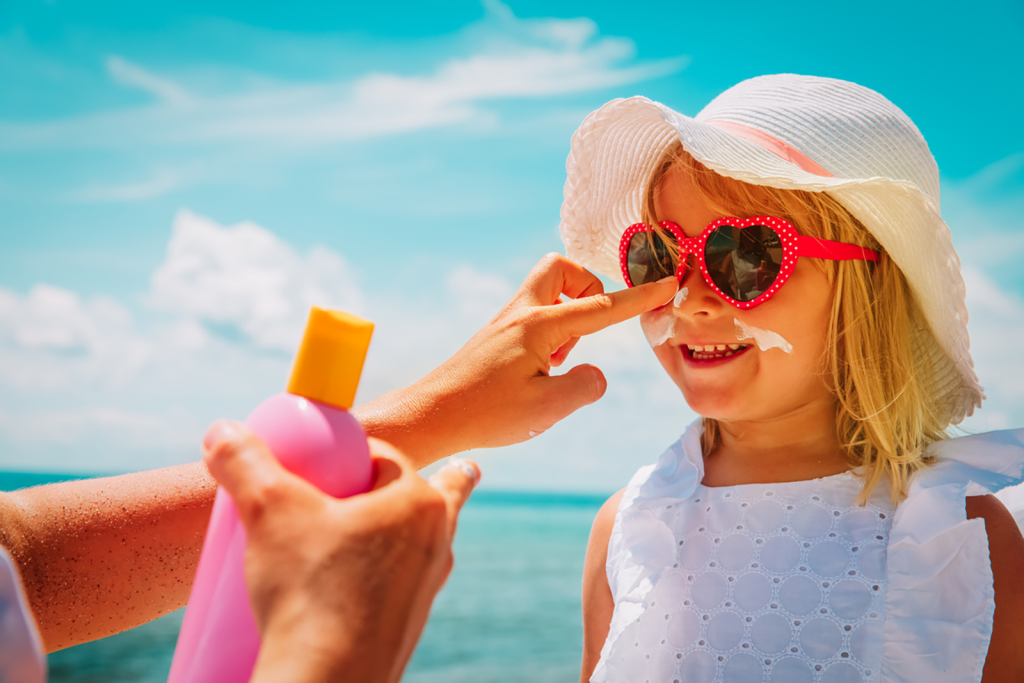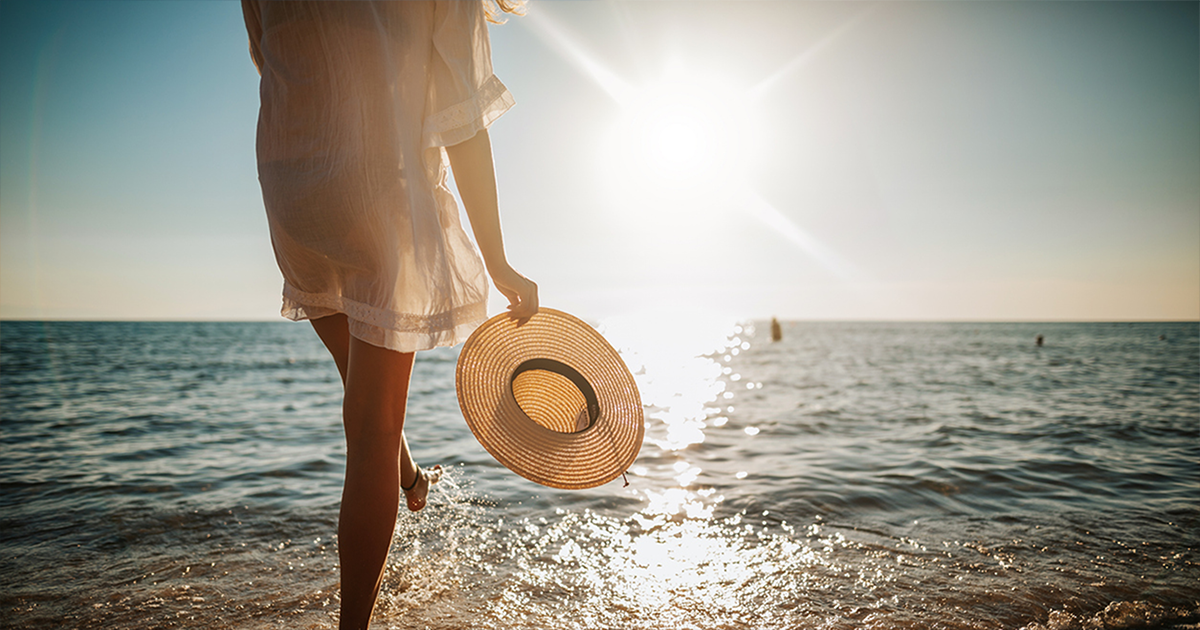As summer rolls in, it’s the perfect time to debunk some common myths about skin health and sun exposure. Whether you’re hitting the beach, going for a hike, or just enjoying the warm weather, knowing the facts can help you protect your skin while enjoying the sun. Let’s dive into some prevalent myths and the truths behind them!
Myth 1: A Base Tan Protects You From Sunburn
Truth: A base tan offers minimal protection against sunburn and UV damage. According to the American Academy of Dermatology, any change in skin color from tanning is a sign of skin damage, not protection.
Myth 2: You Can’t Get Sunburned on a Cloudy Day
Truth: Up to 80% of UV rays can penetrate clouds, meaning you can still get sunburned on overcast days. It’s important to wear sunscreen regardless of the weather.
Myth 3: Darker Skin Doesn’t Need Sunscreen
Truth: While darker skin has more melanin, which provides some natural protection against UV rays, it does not make you immune to skin damage or skin cancer. The Skin Cancer Foundation recommends that everyone, regardless of skin tone, use sunscreen.
Myth 4: Sunscreen Blocks All Vitamin D Production
Truth: While sunscreen does reduce the amount of UVB rays that reach your skin, it doesn’t block all of them. Studies show that most people get enough Vitamin D even with regular sunscreen use. If you’re concerned about Vitamin D levels, consider dietary sources or supplements.
Myth 5: Only Sunburns Increase the Risk of Skin Cancer
Truth: Any exposure to UV radiation, not just sunburns, can increase the risk of skin cancer. Cumulative sun exposure over time contributes to skin damage and increases the risk of developing skin cancer.
Myth 6: You Don’t Need Sunscreen Indoors
Truth: UV rays can penetrate windows, so if you spend a lot of time near a window, you can still be exposed to harmful UV rays. Wearing sunscreen indoors, especially if you work by a window, is a good precaution.

Myth 7: Tanning Beds Are Safer Than Sunlight
Truth: Tanning beds emit UVA and UVB rays, both of which can cause skin cancer and premature aging. The World Health Organization classifies tanning beds as carcinogenic, meaning they can cause cancer.
Myth 8: Applying Sunscreen Once a Day is Enough
Truth: Sunscreen needs to be reapplied every two hours, or more often if you’re swimming or sweating. This ensures continuous protection throughout the day.
Myth 9: You Can’t Get Sunburned in the Winter or with Snow on the Ground
Truth: Snow reflects up to 80% of UV rays, which can increase the risk of sunburn, even in the winter. UV radiation is still present and can be intense at higher altitudes, making sunscreen essential year-round.
Protecting Your Skin: The Facts
Use Broad-Spectrum Sunscreen: Choose a sunscreen that protects against both UVA and UVB rays, with at least SPF 30.
Wear Protective Clothing: Long sleeves, hats, and sunglasses provide additional layers of protection.
Seek Shade: Especially during peak hours (10 AM to 4 PM), try to stay in the shade as much as possible.
Regular Skin Checks: Examine your skin regularly for any new or changing moles or spots. Early detection is key in treating skin cancer effectively. Understanding the truths about sun exposure and skin health helps you make informed decisions to protect yourself and your loved ones. Enjoy the summer sun safely by debunking myths and embracing facts!
Stay safe and sun-smart!
©2024ProgressiveHealth References: (1) American Academy of Dermatology. (n.d.). “Sunscreen FAQs.” Retrieved from AAD.org. (2) Skin Cancer Foundation. (n.d.). “Sun Protection.” Retrieved from SkinCancer.org. (3) Skin Cancer Foundation. (n.d.). “Dark Skin and Skin Cancer.” Retrieved from SkinCancer.org. (4) Holick, M. F. (2004). “Sunlight and Vitamin D for Bone Health and Prevention of Autoimmune Diseases, Cancers, and Cardiovascular Disease.” The American Journal of Clinical Nutrition, 80(6), 1678S-1688S.
(5) Matsuoka, L. Y., et al. (1992). “Sunscreens Suppress Cutaneous Vitamin D3 Synthesis.” The Journal of Clinical Endocrinology & Metabolism, 75(6), 1290-1293. (6) American Cancer Society. (n.d.). “Skin Cancer Prevention and Early Detection.” Retrieved from Cancer.org. (7) American Academy of Dermatology. (n.d.). “Sunscreen FAQs.” Retrieved from AAD.org. (8) World Health Organization. (n.d.). “Sunbeds, tanning and UV exposure.” Retrieved from WHO.int. (9) Centers for Disease Control and Prevention. (n.d.). “Sun Safety Tips for Families.” Retrieved from CDC.gov.

